In a decision handed down earlier this fall, a ground-floor commercial tenant in a condo building on Manhattan’s Upper East Side lost its bid to compel the condo association to pay a monthly fee for the alleged damages and disruptions caused by a sidewalk shed erected in front of the tenant’s store.
What Happened
According to a breakdown of Cameron Sky LLC v. Board of Managers of The New Yorker Condominium (New York County, Index No. 156696/2025) reported by Justia Law, commercial tenant Cameron Sky LLC (CSLLC) leased space on the sidewalk-facing ground floor of The New Yorker Condominium building at 1474 Third Avenue.
When scaffolding and a sidewalk shed had to be erected to carry out mandatory Local Law 11 work on the building’s facade, the New Yorker’s board apparently negotiated a license with the owner of the land underlying the building to allow the scaffolding, but did not negotiate a separate license with CSLLC.
CSLLC objected to the scaffolding, claiming the structure blocked their storefront’s visibility and deterred customers, and asked the court to grant them a retroactive limited license if the structure was to stay up. They also requested that the board pay CSLLC a licensing fee of $2,800 per month, citing New York’s real-estate statute Real Property Actions & Proceedings Law § 881 (RPAPL 881). According to Justia, RPAPL 881 is a law that allows a building or owner who needs access to an adjacent property for repairs or improvements to ask the court for a license to enter or use that adjoining property under fair terms. It’s typically invoked when one owner must enter another owner’s space to finish necessary work.
In this case, the court considered whether CSLLC’s request met the legal standard: Did the building’s facade work require physical access to the tenant’s space? Was the intrusion more than incidental, and was there a less intrusive alternative? And finally, what was the burden on the adjacent owner or tenant?
The Ruling
Ultimately, the answers to those questions were ‘no,’ ‘no,’ and ‘not enough’—and on September 8, the court denied Cameron Sky’s application, finding that the scaffold and shed on the public sidewalk in front of the store did not require a license under RPAPL 881 because the tenant’s space was not physically entered or occupied by the building owner for the work.
The court found that the intrusion was limited to visibility and business disruption, and that even though CSLLC claimed business loss, that by itself was not sufficient to trigger the statute under the facts cited. The shed was required by local law for façade safety—the board did not put it there by choice—and there was precedent rejecting similar claims. Because CSLLC’s claim did not meet the standard, the New Yorker board’s motion to dismiss the petition was granted.
Why it Matters
While it may seem dry and procedural, the CSLLC decision reinforces how important it is for boards to be informed about the statutory implications of major capital projects like facade repairs, and to have competent legal pros on their side to help navigate the process. If exterior work might affect adjacent units or tenants, it’s crucial to determine whether that could include actual physical intrusion, or be limited to just exterior visual impact, and what permissions, licensing, or compensation may be required in order to cross all T’s and dot all I’s ahead of time.
The case highlights the importance of careful, conscientious planning when it comes to big exterior projects. To limit potential liability and disputes, boards and their legal and engineering advisors should anticipate the impact of facade projects on neighbors and residents alike, and work to ensure clear communication and secure appropriate licensing before the first piece of scaffolding goes up.



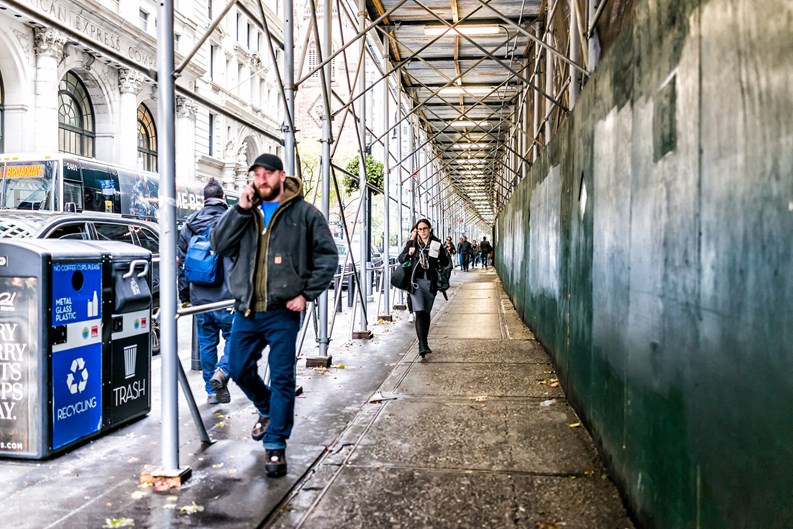
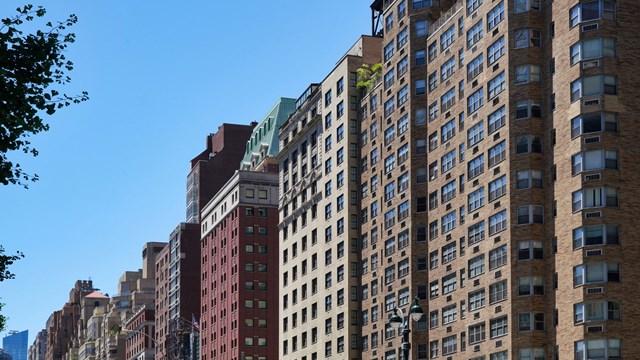
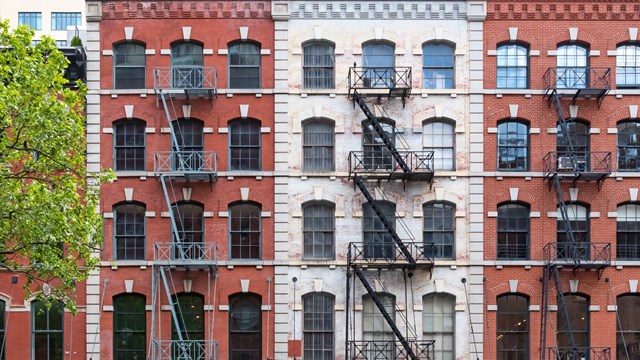
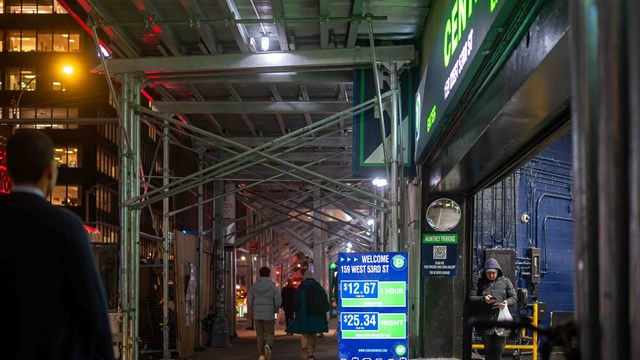
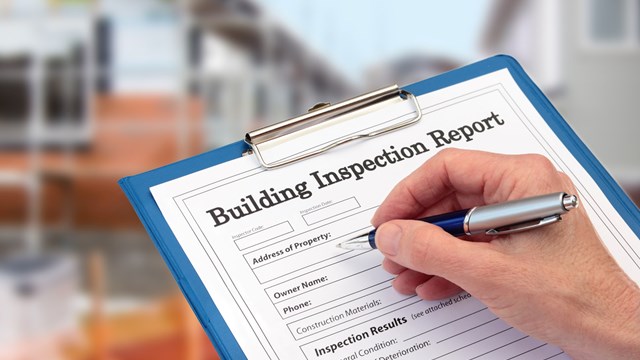
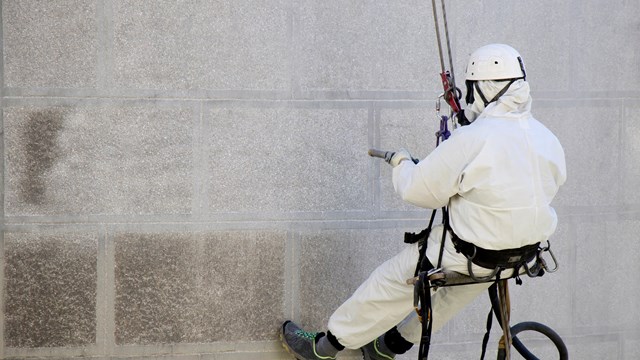
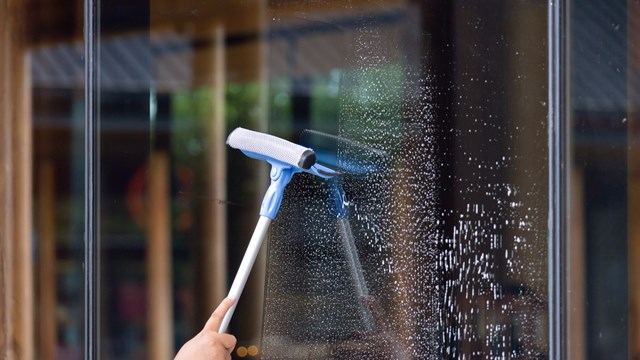
Leave a Comment